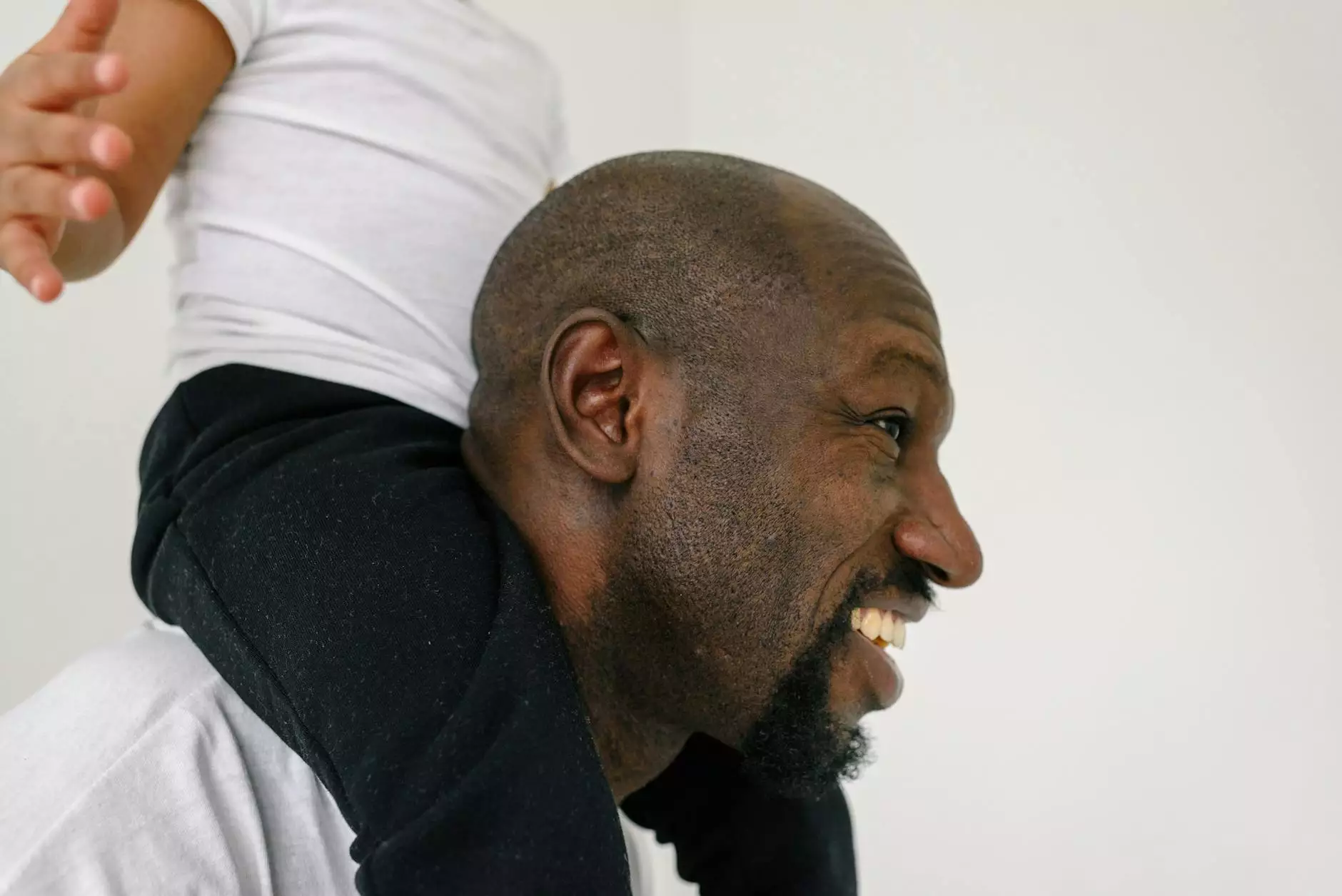Understanding External Shoulder Rotation Pain: Causes, Treatments, and Prevention Strategies

Shoulder pain, particularly external shoulder rotation pain, can significantly impact daily activities, athletic performance, and overall quality of life. The shoulder joint's intricate design allows for an extensive range of motion, but this complexity also makes it prone to injuries and repetitive strain. For individuals experiencing discomfort during external rotation movements of the shoulder, understanding the underlying causes, effective treatments, and preventive measures is essential for long-term recovery and optimal shoulder health.
What Is External Shoulder Rotation Pain?
External shoulder rotation pain refers to soreness, discomfort, or sharp pain experienced during the movement where the arm is rotated outward, away from the body. This motion primarily involves muscles such as the infraspinatus, teres minor, and posterior deltoid, which work together to facilitate the external rotation of the shoulder joint. Pain during this movement can stem from various factors, including muscle strain, ligament injuries, or structural abnormalities.
The Anatomy of the Shoulder Related to External Rotation
The shoulder, or glenohumeral joint, is a ball-and-socket joint that offers exceptional mobility. The key muscles involved in external shoulder rotation include:
- Infraspinatus: A rotator cuff muscle, vital for external rotation and stability.
- Teres Minor: Assists in external rotation and stabilization.
- Posterior Deltoid: Contributes to shoulder extension and external rotation.
These muscles work synergistically with ligaments and the joint capsule to maintain shoulder stability. When any of these components are strained or injured, pain during external rotation can occur.
Common Causes of External Shoulder Rotation Pain
Understanding the causes of external shoulder rotation pain is vital for selecting appropriate treatment strategies. The most prevalent causes include:
1. Rotator Cuff Tears or Tendinopathy
Overuse, repetitive motions, or trauma can lead to tears or degeneration of rotator cuff tendons, especially the infraspinatus. Such injuries result in pain during external rotation due to compromised tendon integrity.
2. Shoulder Impingement Syndrome
Impingement occurs when tendons or bursae within the shoulder are compressed, usually due to structural abnormalities like bone spurs or rotator cuff inflammation. This pressure can cause pain during movement, particularly external rotation.
3. Ligament Sprains or Strains
Sudden overstretching or trauma can cause ligament injuries around the shoulder joint, leading to instability and pain during external rotation actions.
4. Shoulder Instability or Dislocation
Individuals with previous shoulder dislocations or hypermobility may experience pain or a feeling of looseness during external rotation due to unstable joint structures.
5. Bursitis and Tendonitis
Inflammation of the subacromial bursa or rotator cuff tendons often manifests as pain during rotational movements, especially with repetitive overhead activities.
6. Structural Abnormalities and Osteoarthritis
Degenerative changes or anatomical anomalies can restrict movement and produce pain during external rotation.
Diagnosing External Shoulder Rotation Pain
Proper diagnosis of external shoulder rotation pain involves a comprehensive assessment by healthcare professionals, including chiropractors and orthopedic specialists. The diagnostic process typically includes:
- A detailed patient history, focusing on onset, duration, and activities associated with pain.
- Physical examination observing movement patterns, strength, and pinpointing areas of tenderness.
- Imaging studies such as MRI, ultrasound, or X-rays to identify soft tissue injuries or structural abnormalities.
Effective Treatment Options for External Shoulder Rotation Pain
Managing external shoulder rotation pain involves a combination of conservative therapies, medical interventions, and rehabilitative exercises. Tailored treatment plans are essential for optimal recovery.
1. Rest and Activity Modification
Reducing or avoiding activities that exacerbate pain allows inflamed tissues to heal. This includes avoiding overhead activities, heavy lifting, or repetitive rotational movements.
2. Ice and Heat Therapy
Applying ice packs during acute phases can reduce inflammation and pain, while heat therapy promotes blood flow and muscle relaxation during the recovery stages.
3. Pharmacological Interventions
Non-steroidal anti-inflammatory drugs (NSAIDs) are commonly prescribed to alleviate pain and inflammation. In some cases, corticosteroid injections may be considered for severe inflammation.
4. Chiropractic Care and Manual Therapy
Targeted chiropractic adjustments and soft tissue techniques can restore joint mobility, reduce muscle tension, and promote healing. Chiropractors specializing in shoulder conditions employ manipulations that improve alignment and function.
5. Physical Therapy and Rehabilitative Exercises
Rehabilitation protocols often focus on strengthening rotator cuff muscles, improving flexibility, and restoring normal movement patterns. Specific exercises include:
- External rotation exercises with resistance bands
- Scapular stabilization drills
- Stretching routines to enhance shoulder flexibility
Consistent physical therapy is crucial for restoring shoulder function and preventing recurrence.
6. Advanced Medical Procedures
In cases of significant rotator cuff tears or structural damage, surgical interventions such as arthroscopic repair may be necessary. Post-surgical rehabilitation is vital for successful recovery.
Prevention Strategies for External Shoulder Rotation Pain
Preventing external shoulder rotation pain involves proactive measures, especially for individuals engaged in sports, manual labor, or repetitive tasks:
- Regular strengthening exercises for rotator cuff and scapular stabilizers
- Maintaining flexibility through stretching routines
- Using proper technique during physical activities
- Applying ergonomic principles in workplace settings to minimize strain
- Warm-up and cool-down exercises before and after activities
The Role of Chiropractors and Medical Professionals in Managing Shoulder Pain
Integrated care from chiropractors, orthopedic doctors, and physical therapists plays a pivotal role in managing external shoulder rotation pain. Chiropractors, in particular, are skilled in diagnosing joint dysfunctions, correcting alignment issues, and employing manual therapy techniques to facilitate healing.
At iaom-us.com, a leading provider in Health & Medical and Chiropractors, professionals utilize advanced diagnostic tools and evidence-based treatment plans designed to address the root causes of shoulder pain. Their comprehensive approach ensures patients regain functional movement and reduce the risk of future injuries.
Long-Term Management and Lifestyle Modifications
Achieving long-term relief from external shoulder rotation pain requires ongoing care, lifestyle adjustments, and adherence to recommended exercises. Maintaining overall shoulder health involves:
- Consistent engagement in shoulder-strengthening routines
- Monitoring activity levels to avoid overuse
- Ensuring proper ergonomics in daily tasks
- Adequate rest and recovery periods
- Seeking prompt professional care at early signs of discomfort
Conclusion: Restoring Shoulder Function and Preventing Future Pain
External shoulder rotation pain can be effectively managed and prevented through early diagnosis, personalized treatment plans, and strategic preventive measures. Whether through conservative therapies such as chiropractic adjustments, physical therapy, or, in more severe cases, surgical intervention, restoring shoulder health is achievable.
For individuals determined to regain their shoulder function and prevent recurrence, working closely with qualified healthcare providers, including chiropractors from iaom-us.com, ensures expert guidance and lasting results. Remember, a proactive approach and diligent adherence to rehabilitative strategies are keys to maintaining a pain-free, flexible, and strong shoulder.
Prioritize your shoulder health today to enjoy unrestricted movement and an active lifestyle tomorrow!









